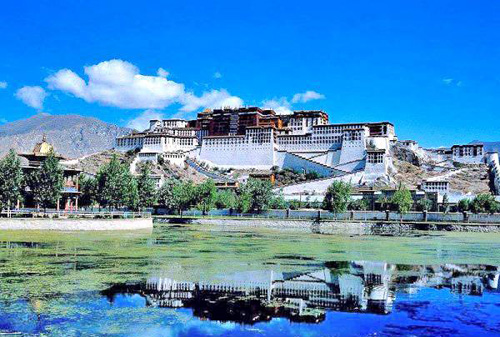The 5,000 years of Chinese history have been created by all nationalities in China. Fraternity among different nationalities has been established during joint development of the Chinese land and centuries-old exchanges. The Tibetan race is a major member of the Chinese family. Proof can be found by tracing the historical changes in the administrative divisions of Tibetan areas. Tibetans in China live mainly in the vast Qinghai-Tibet Plateau.

Major Tibetan areas include the Tibet Autonomous Region and 10 Tibetan nationality autonomous prefectures and two Tibetan nationality autonomous counties in Qinghai, Sichuan, Gansu and Yunnan provinces.
They are the Haibei Tibetan Nationality Autonomous Prefecture, the Hainan Tibetan Nationality Autonomous Prefecture, the Huangnan Tibetan Naionality Autonomous Prefecture, the Golog Tibetan Nationality Autonomous Prefecture, the Yushu Tibetan Nationality Autonomous Prefecture and the Haixi Mongolian-Tibetan Nationalities Autonomous Prefecture in Qinghai Province; the Garze Tibetan Nationality Autonomous Prefecture, the Aba Tibetan-Qiang Nationalities Autonomous Prefecture and the Muli Tibetan Nationality Autonomous County in Sichuan Province; the Gannan Tibetan Nationality Autonomous Prefecture and the Tianzhu Tibetan Nationality Autonomous County in Gansu Province; and the Diqing Tibetan Nationality Autonomous Prefecture in Yunnan Province.
The administrative division is actually the result of a unified administration enforced by the central government toward Tibet since the Yuan Dynasty (1271-1368).
(Tibet.cn March 25, 2008)